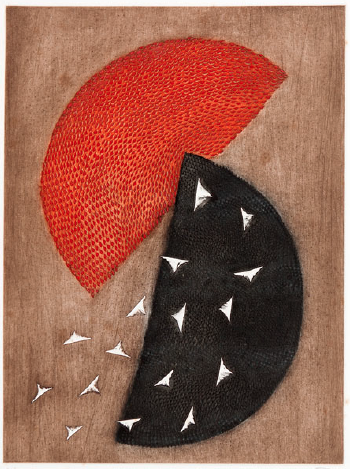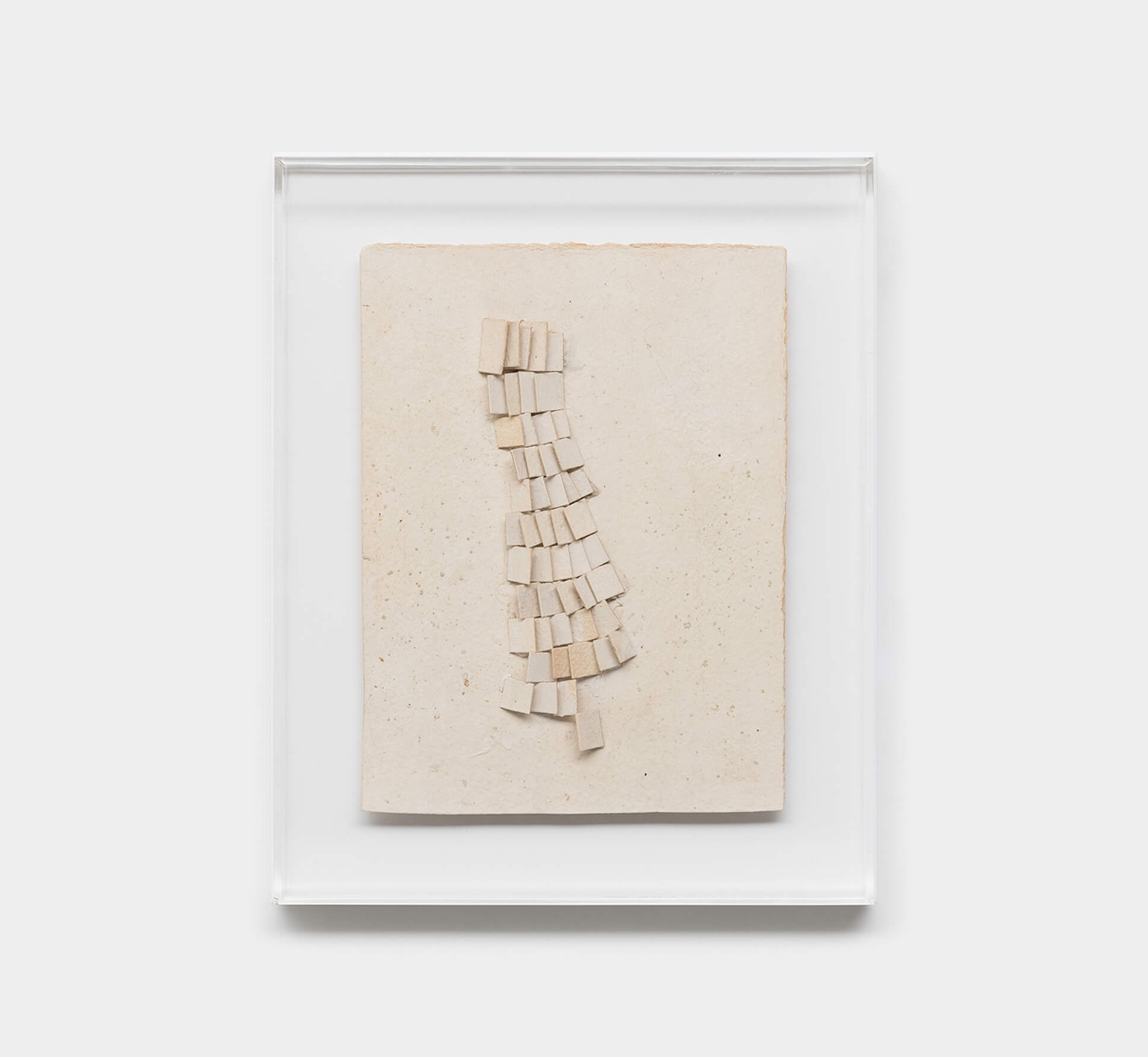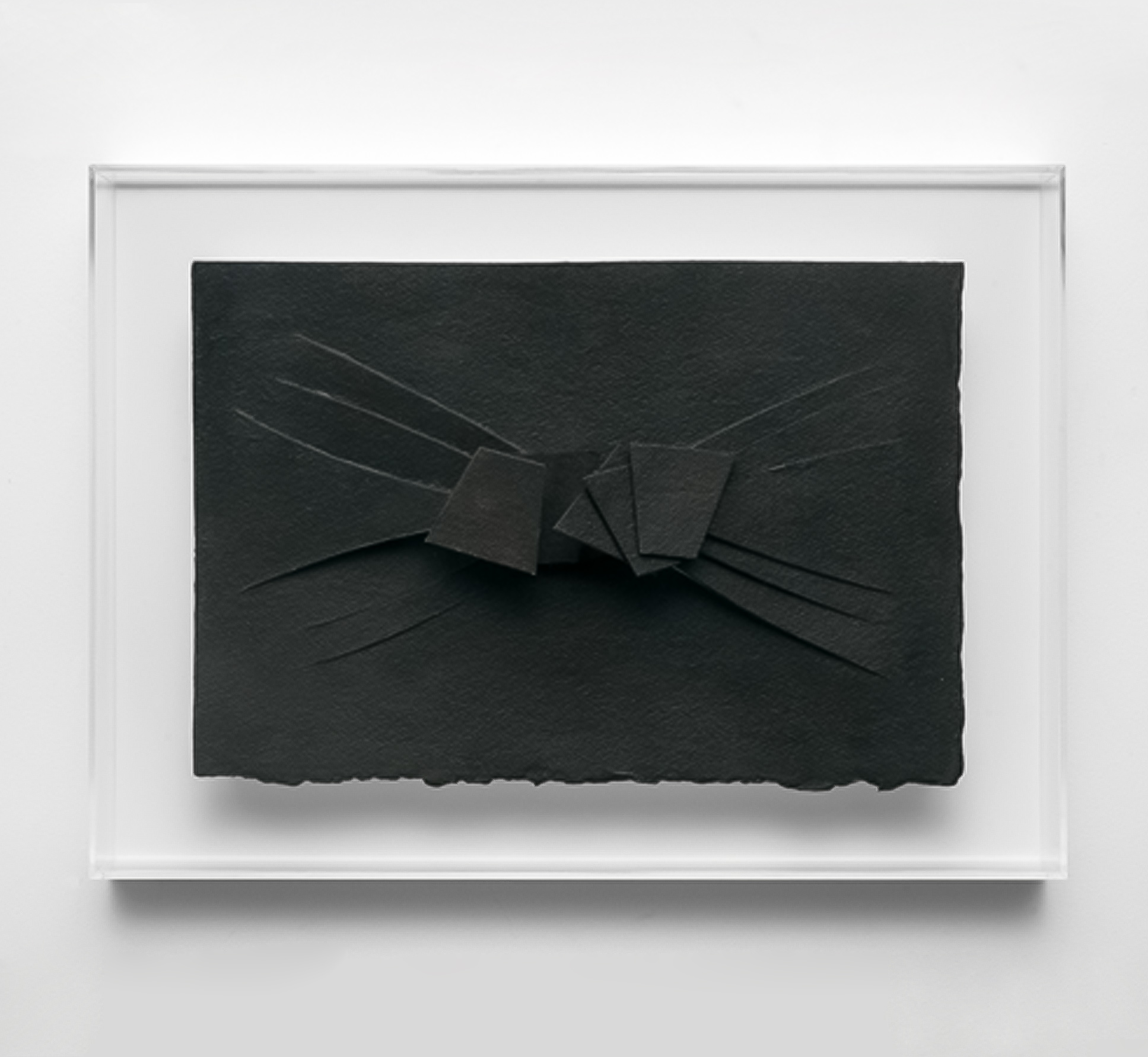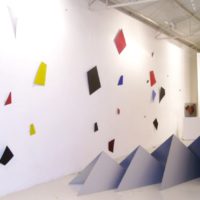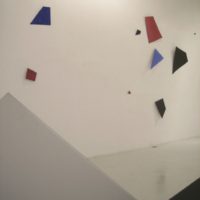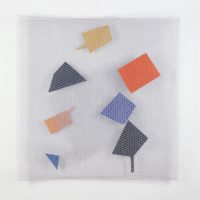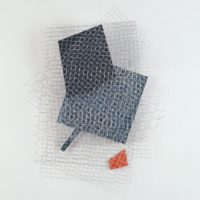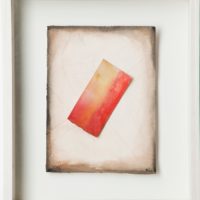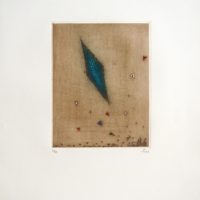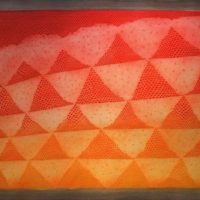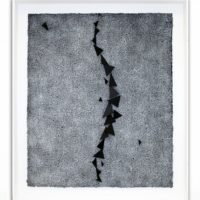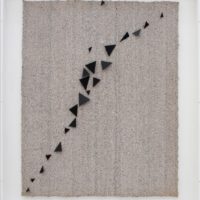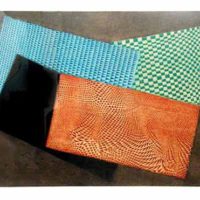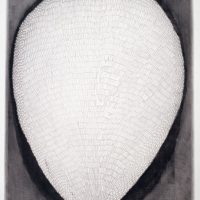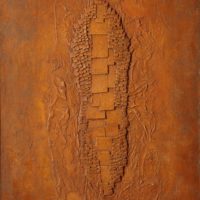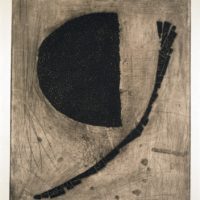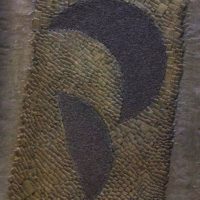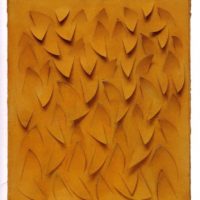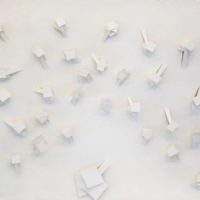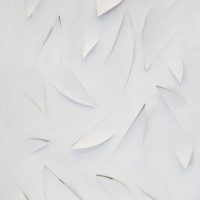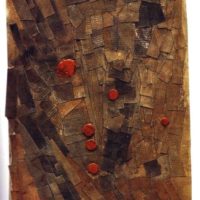
Available Works
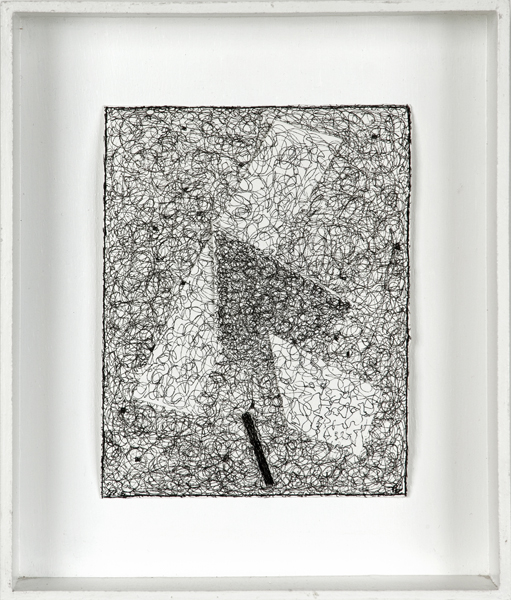
arthur luiz piza_untitled_2009
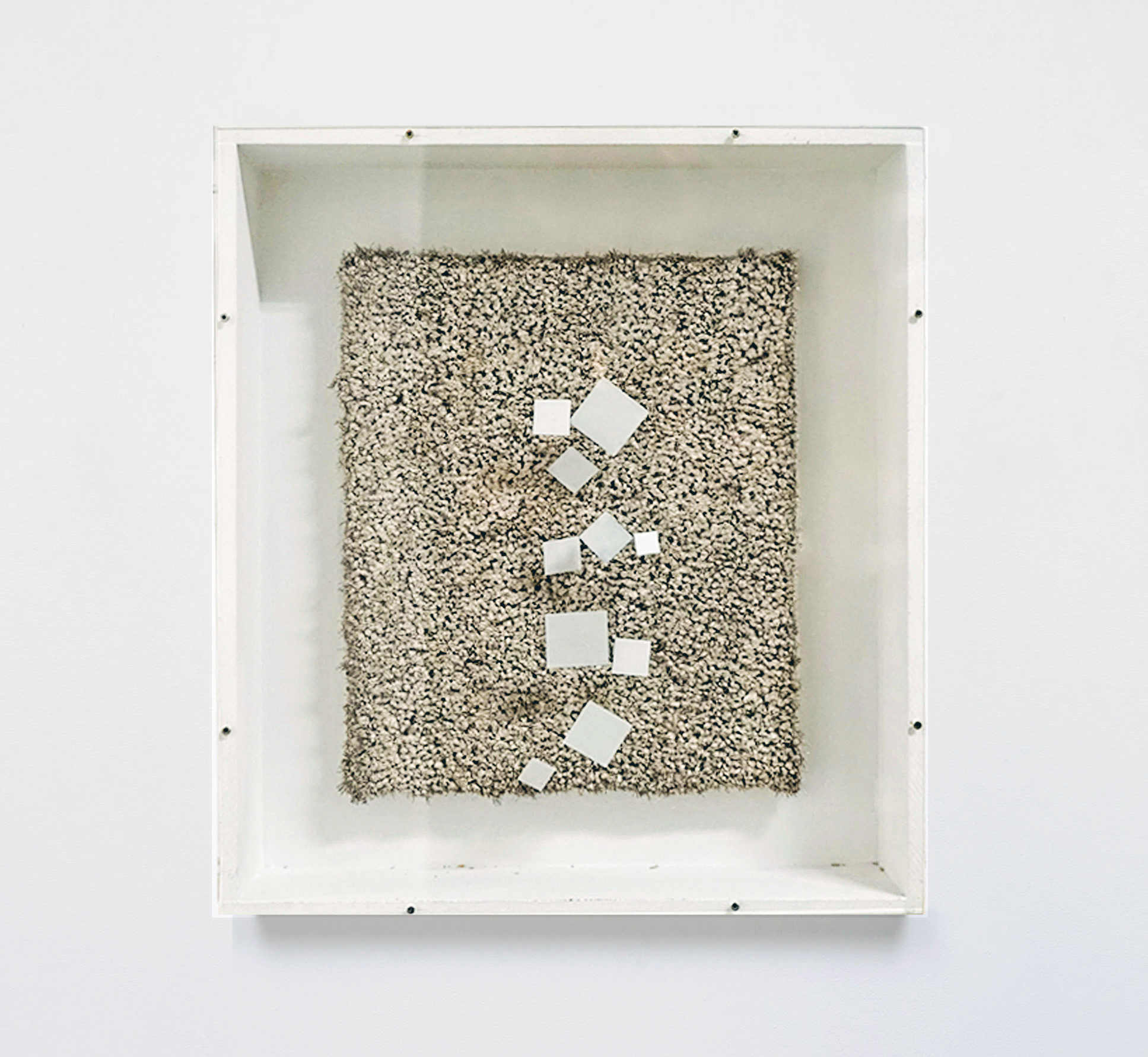
arthur luiz piza_ A 51_1982
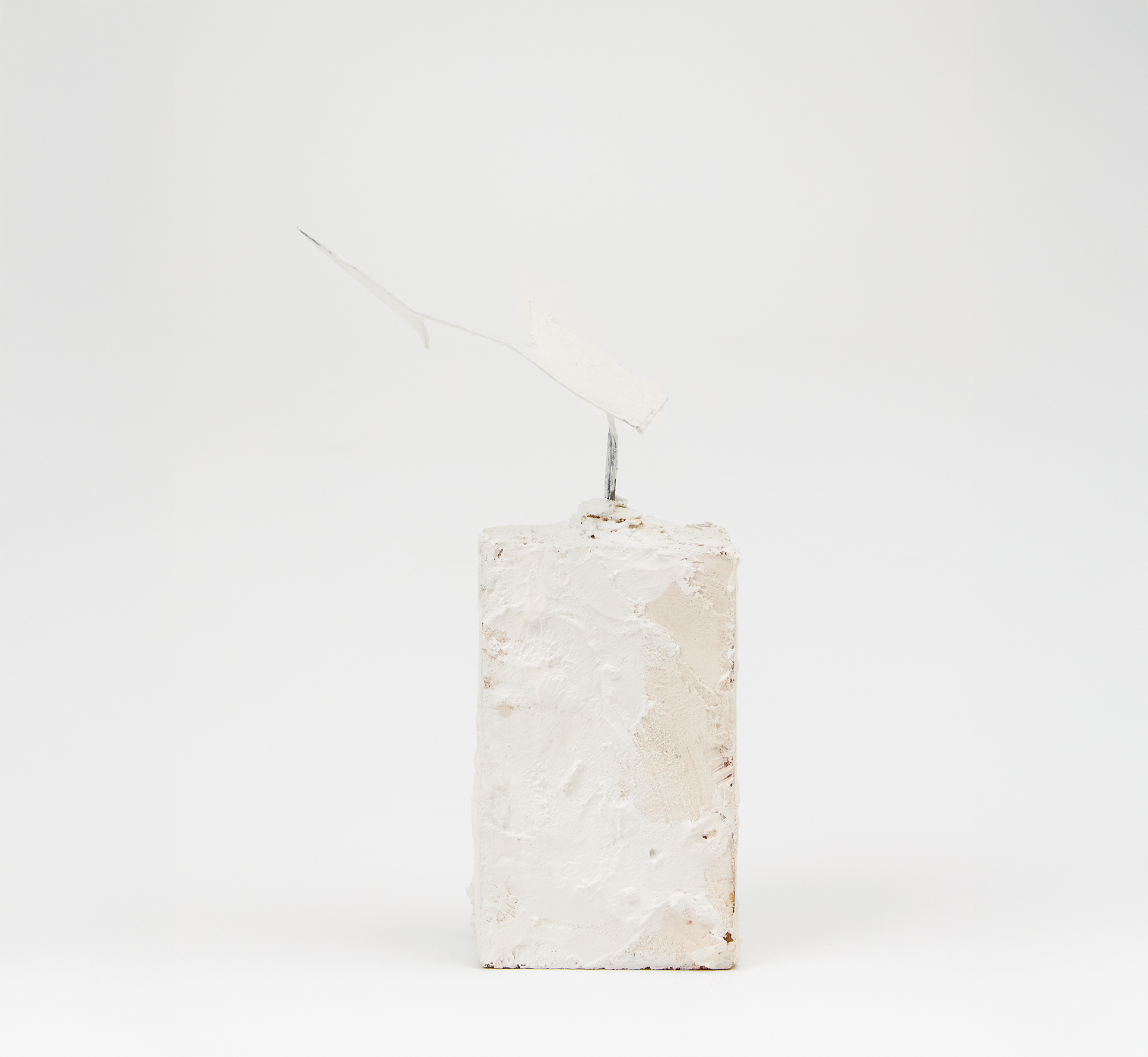
arthur luiz piza_untitled T1391_2015
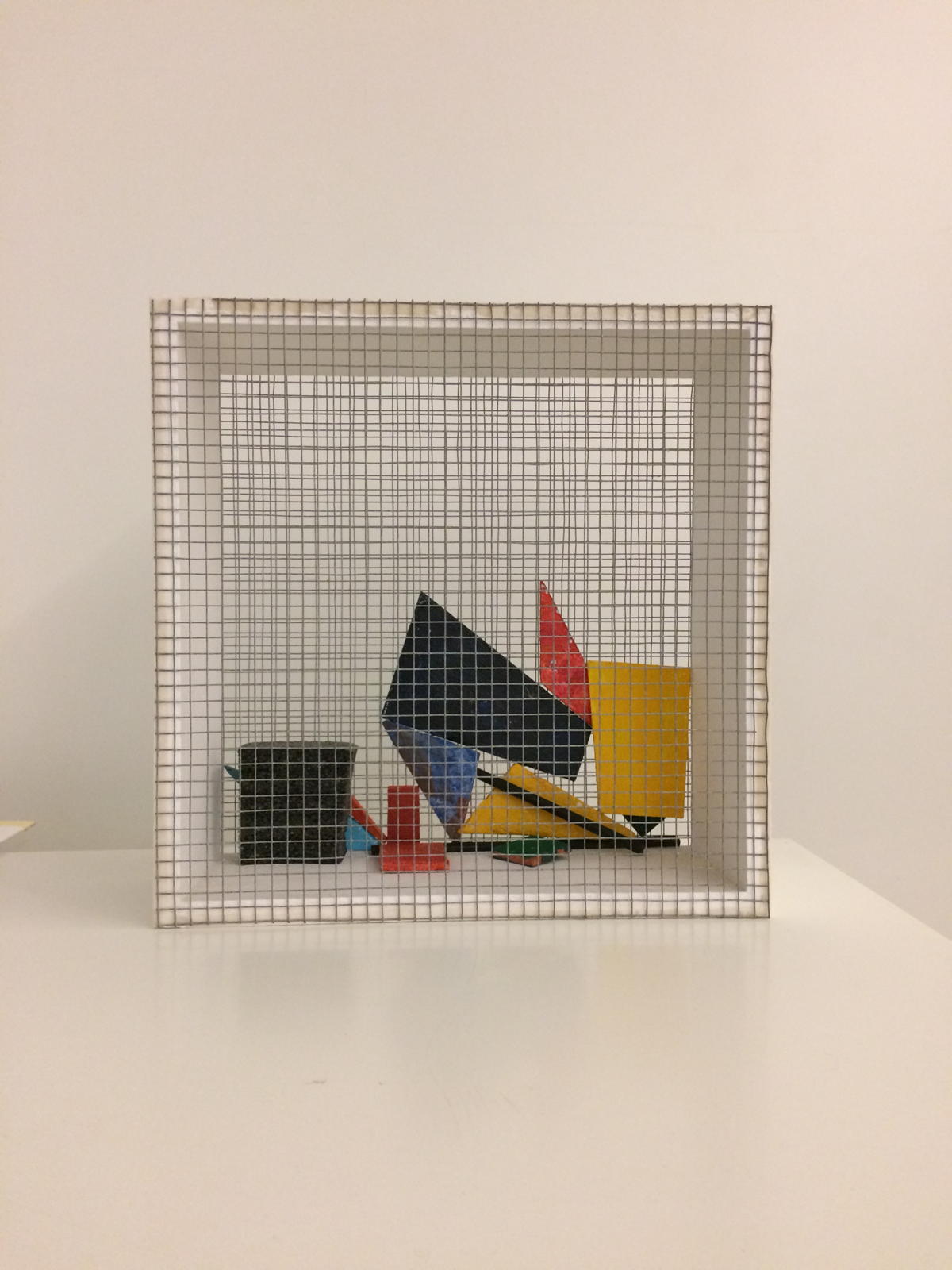
arthur luiz piza _boite de particules T1369_2015
Biography
são paulo_ brazil_ 1928 – 2017
In the 40’s Arthur Luiz Piza studied painting and fresco under Antonio Gomide. He undertook his study in engraving under Johnny Friedlaender in Paris, from 1953 onwards. Shortly after, he dedicated himself to watercolor and collage techniques. He organized solo exhibitions in Brazil and various countries, such as Japan, Equator, France, Germany, Switzerland, Sweden, Yugoslavia, Italy, Spain, Denmark and USA.
He participated in numerous editions of the São Paulo Art Biennial (1951 and 1963) and the Paris Biennial (1961 and 1963). He took part in the Venice Biennial (1966) and the Documenta of Kassel (1959). He exhibited his work at the “Cinquante Ans de Collage” at the Museum of Art, in St. Etienne and Museum of Decorative Art, in Paris (1964) and at the Maeght Foundation with the exhibition “Art Vivant” (1968). His work could also be seen in various editions of the Cracow Biennial, (1964 and 1974); the International Engraving Exhibition of Ljubljana (1957 and 1981); and the Museum of Art in St. Etienne with the exhibition “Itinéraires Blancs”. In 1971, he participated in the “Graphik der Welt” exhibition, in Nuremberg; the Engraving Biennials of Norway (1972 and 2000); the Havana Biennial (1984 and 1986); the Grenchen Triennial (1958 and 1985); the San Juan Biennial (1970 and 2001) and in the exhibition called “ Peintres et Graveurs Français”, in Paris (1982 and 2002). He took part in various salons such as “Realités Nouvelles” in Paris (1960 and 1974), “Jeune Gravure Contemporaine” (1964 and 2002) and the “Salon de Mai”, in Paris (1964 and 2000). He participated in the Biennale Internazionale di Grafica de Vico (1990); the “Exposition Européene de Création” (1986); the Scenery of “l’École Française Contemporaine”, in Tel Aviv (1987); the Niort Biennial “Homage to Piza” (1989); the 5th Biennial of Contemporary Print in France (1991); “Latein Americanisher Kunst” in Germany (1990); the “Art d’Amérique Latine” exhibition (1911 and 1968) at the Centre Georges Pompidou, in Paris (1992); in the Americas Triennial, Grenoble, France (1993) and in an additional exhibition at the Sakaide City Museum of Art, in Kawaga, Japan (1997). He was a participant also in the “Manufacture of Sèvres” exhibition at the Marseille Congress Palace (1974), in exhibitions at the Amos Andersons Museum in Helsinki (1974); at Hermitage, in St. Petersburg (1976); at the Nationalmuseum of Stockholm (1982) and at the Kunstindustmuseet of Oslo (1982). Raquel Arnaud has been representing Arthur Luiz Piza since 1973.
Exhibitions
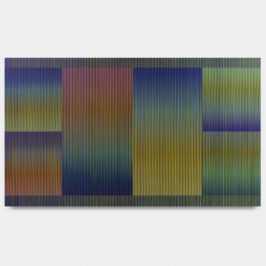
french connection
oct 27 - dec 13_2012
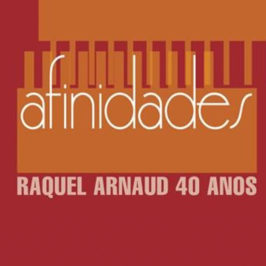
afinidades- raquel arnaud 40 anos
mar 19 - may 04_2014
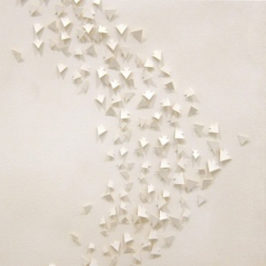
creative disorder
nov 10 - dec 23_2011
Texts
Throughout his forty-plus year trajectory, Arthur Piza’s intimate, discreet work has made a claim to attention that is the opposite of the demands that today’s visual processes set forth and impose without exception upon everyone. The world increasingly displays itself on a panoramic scale even as the artist’s work serenely insists on a quasi-microscopic comprehension, although it is not inattentive to contemporary developments. This is what we have seen of late. Modern poetics, such as Piza’s, require a conviction that cannot be abandoned from one moment to the next and that for him is the unique dynamics of the relief, which he has explored systematically – an apparently simple problem and one that Piza proves to be inexhaustible. Like the process of life which, for those who see it under a microscope, is also inexhaustible and unpredictable; even though the scientist seeks to find certain constants there. As does Piza.
The dynamics of the relief possess an origin: the detachment of the first particle. This initial emergence suggests a material awakening from immobility, the moment in which an autonomous unit confronts the indistinct uniformity of the plane. A self emerges. Free, mobile, uncertain, it establishes an opposition between the static whole and dynamic unity. If this problem approaches it [him?] [o aproxima?] to kinetic art both historically and in terms of process, one distinction must be made: the work’s motion is slow, sluggish and cumulative; it occurs in time, not in space. Were we to transform each work into a frame, we should have a perfectly structured film sequence; the visual narrative of the particle character’s tribulation which begins with a resistance to motion until the full mobility of the current works: the Bildungsroman of the Piza particle.
In this internal dynamic of the relief, on the scale of intimacy and proximity in which it is situated, I believe, we may find a parallel between the tensions in Fontana and Calder – two great artists – in the breaking of Fontana’s plane and the full freedom of Calder’s particles. The space of Piza’s relief is located at a point of intersection between these tensions. In it the particles are not fully liberated, they do not move like Calder’s, they take a first step and, like Fontana’s act of cutting, they repeat it, differently.
At first, the plane is indistinguishable from the material. They are confounded. The plane is not entirely abstract and it evokes a primordial substance rather than some other material, one that is related to substance as the plane is to abstraction – an arid, dry, hard, indeterminate crust, the still barren earth that precedes life. Thus, the earliest movement of the plane’s fracture is not abstract, but organic. This begins with crocodiling, a few tiny fissures, not much more than slight cracks that seem to have come from some fossilized, sluggish, almost inert time: the discreet eruption of the surface; the first, slow, difficult breaking of planar tension. Even as this fissure establishes the break with the plane, it also defines the particles’ size and primal behavior. Initially, none of them initially escape a primitive, gregarious behavior, group examples of a prehistoric regularity.
The moment of individuation is still distant. Each particle belongs to a whole that supplies cohesion and structure. When they move, the direction and trajectory of their motion are furnished by the whole. There is no wandering or autonomy. Planar tension still dominates the individualities and their natural, harmonic movement. Initially, not even color distinguishes them; they possess the same earthen colors as the plane, the trait of a primitive micro-geological phenomenon or of life at the cellular level. It is likely that Piza has explored every possible behavior of this tiny element in its intimate, fragile space. From a cohesive particle group to an element withdrawn and cut away from the surface; from a unit defined by the square metal plate to the colored rectangles, rhombuses and squares; from the orchestrated group movement that expands and concentrates – and is variously an index of aggregation or disaggregation; from the contrast between the figure of the particle and the background – both surface and material: the canvas, paper, hemp, and wire of the monochrome (although it might best be described as colorlessness) is primordial in the quasi-Neoplasticism of the last reliefs. And everything indicates that it has not yet been exhausted, that new possibilities are still to come.
Therefore, it is not odd that the relief should seek to attempt three-dimensionality. This has been a recurring phenomenon since Cubism and, in Brazilian art, it has yielded unique results. When Lygia Clark made her articulated sculptures Animals she did not specify the animal. She merely used the more abstract, generic term. Such is not the case with Piza’s work. The animal is the armadillo. I believe there can have been no more appropriate animal. Only it and not other could provide a metaphor for the dynamic of Piza’s relief. The animal’s scaly, articulated, elastic and flexible carapace, all of it composed of small plates, units that form a swift, mobile totality; as metallic as some of Piza’s reliefs.
An animal that lives burrowed away inside the earth, barely distinguishable from it in its monochromatic color, as organic in appearance as it is mechanical, to all intents and purposes a walking relief. Ultimately, the armadillo is one of the most solitary animals as well as a uniquely autonomous one, the living organic unit, as uncertain as life.
Ultimately, in calling this three-dimensional work Armadillo Piza has done no more than reaffirm his work’s fundamental experiment; the relief now stands out from the floor. For is not the armadillo the living particle that inhabits the primordial plane that is Earth?
[Translated from the Portuguese by Stephen Berg]


